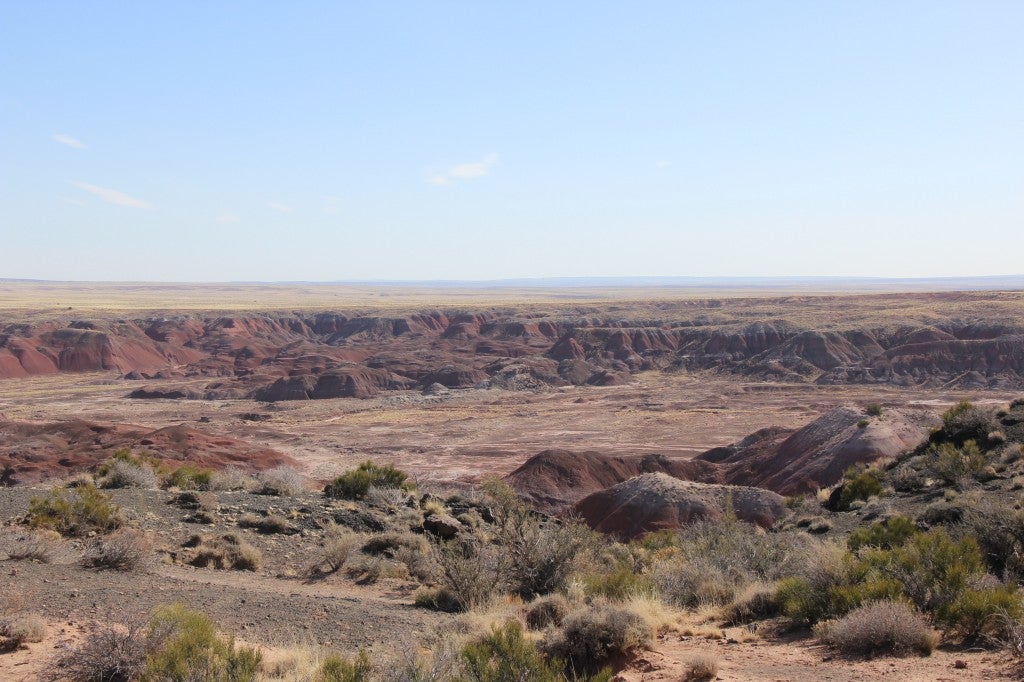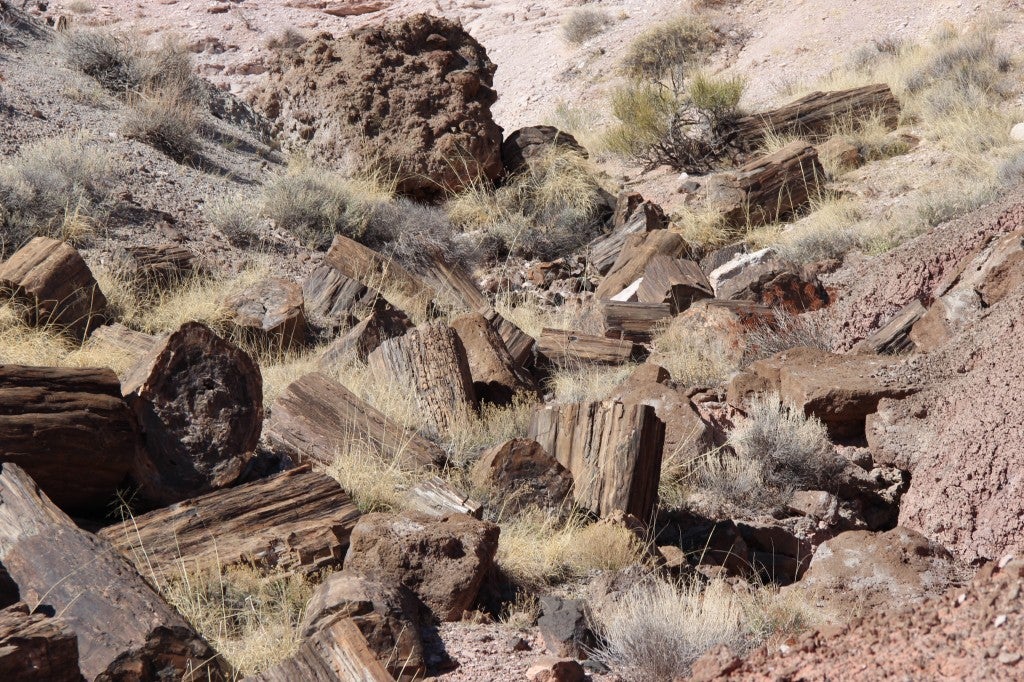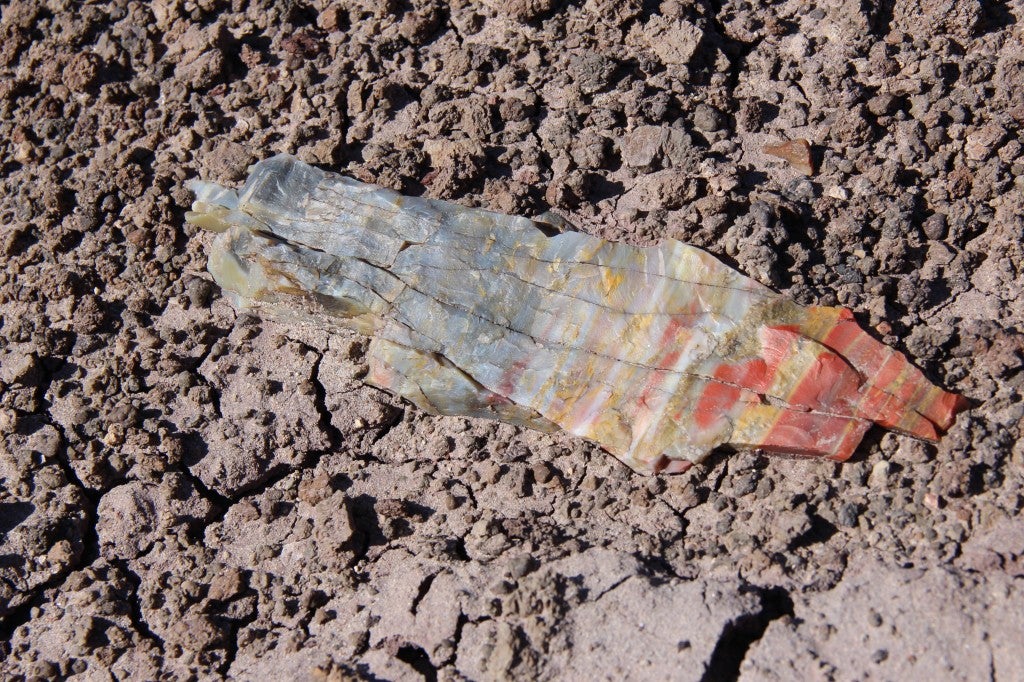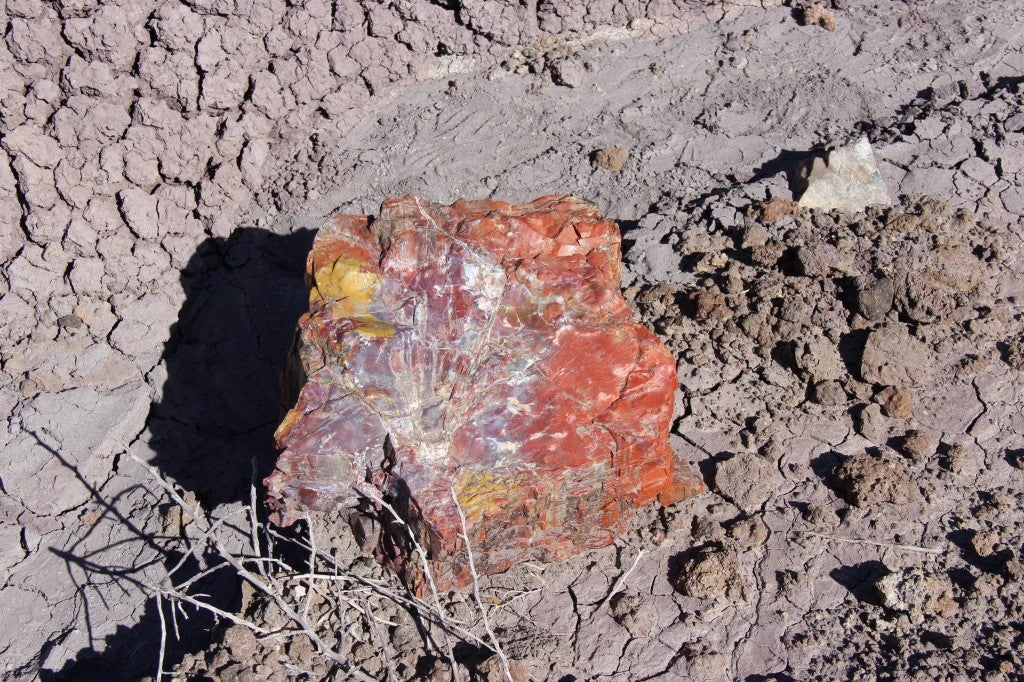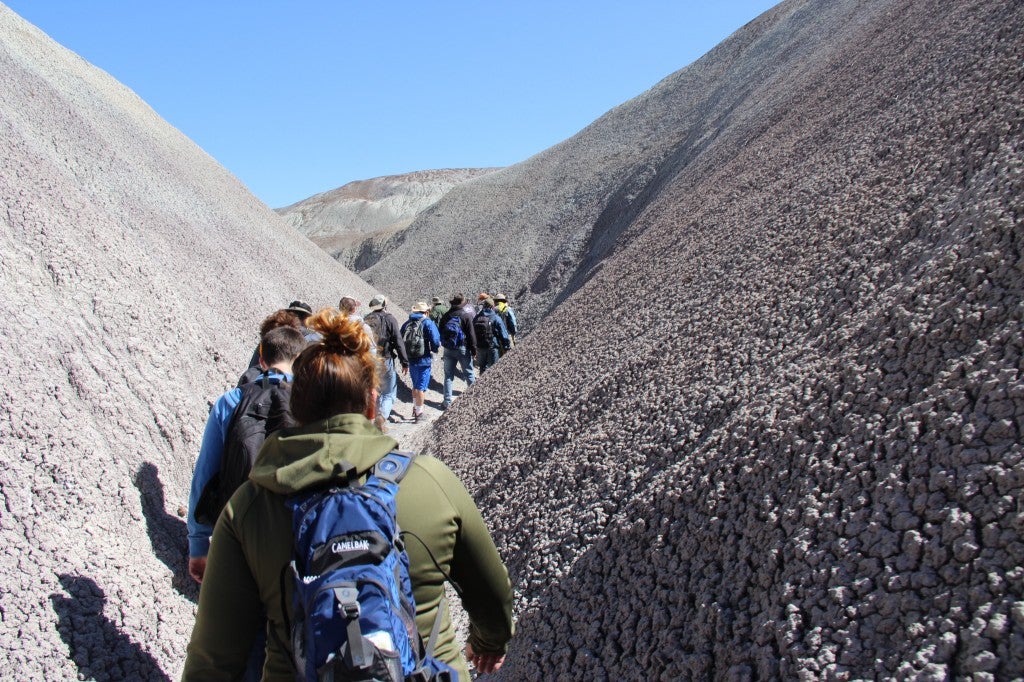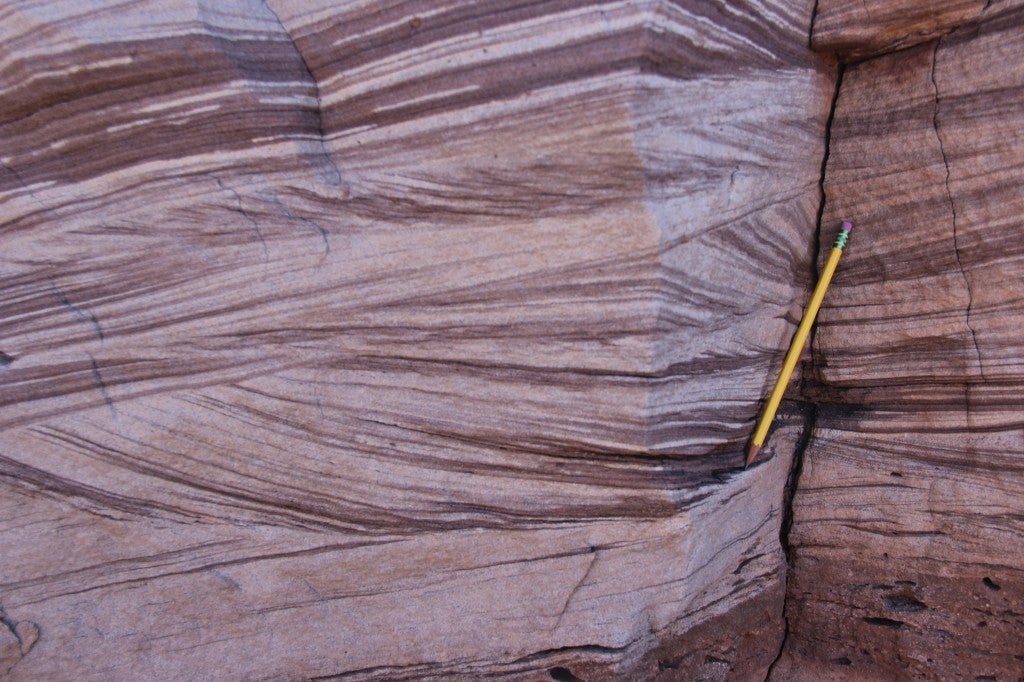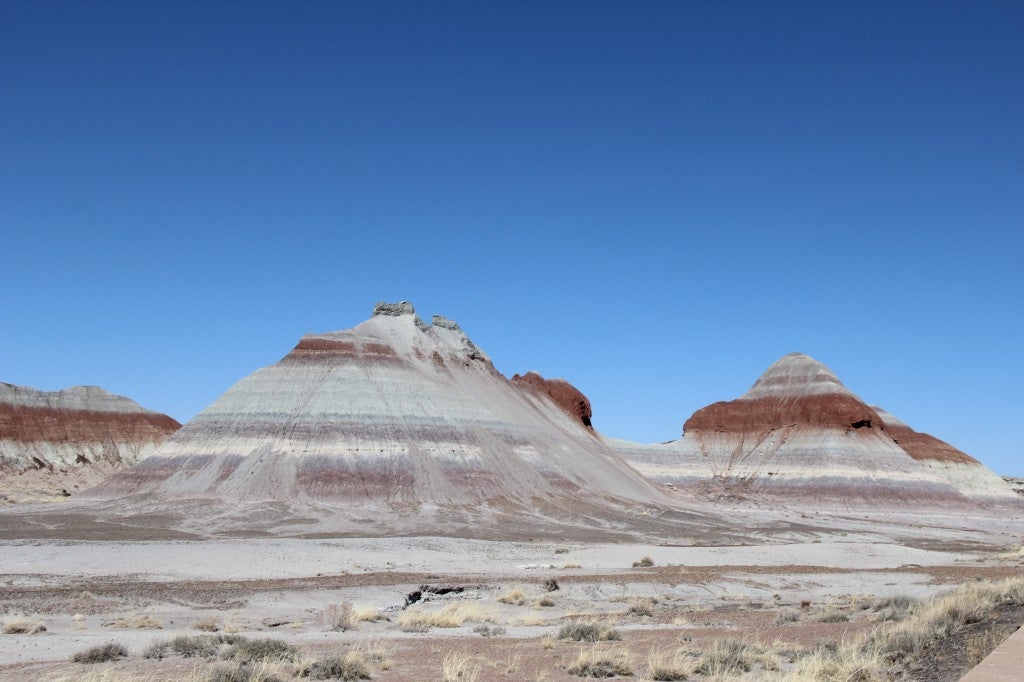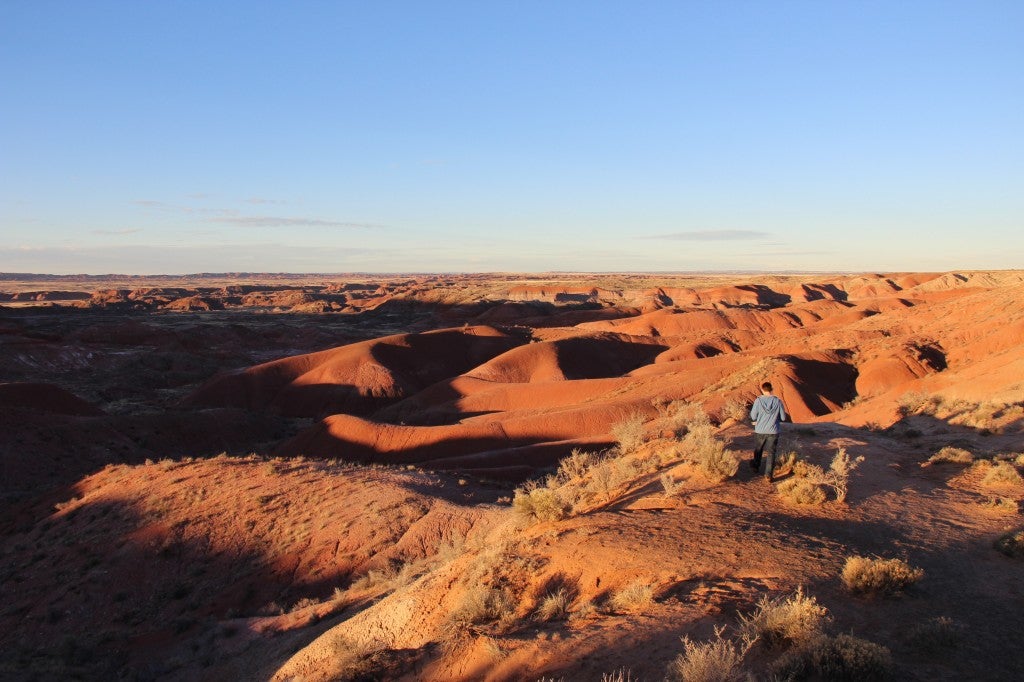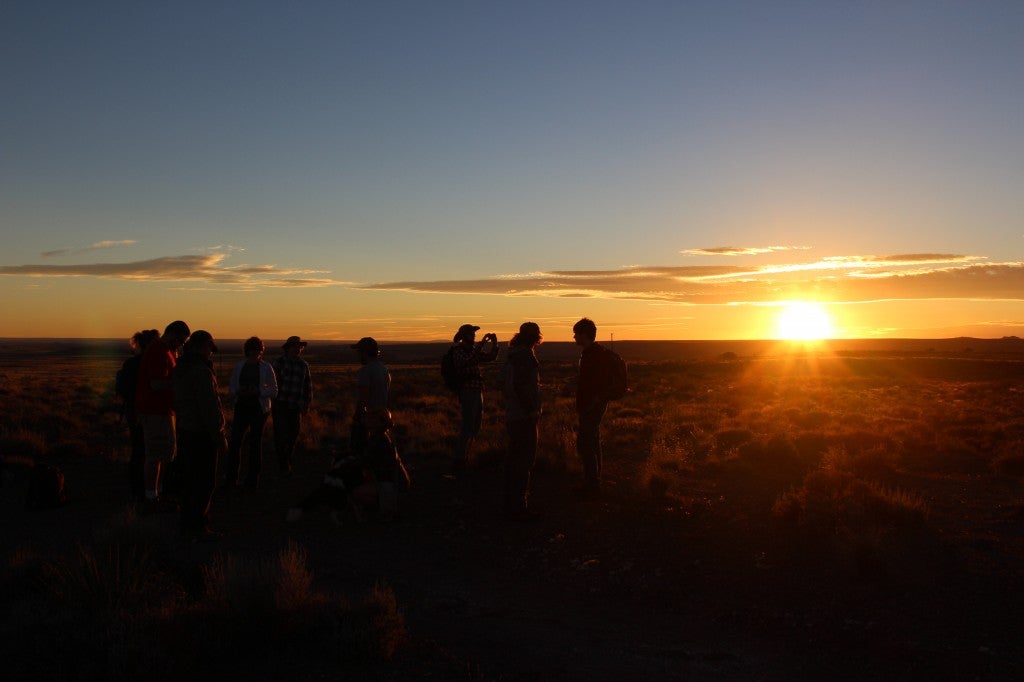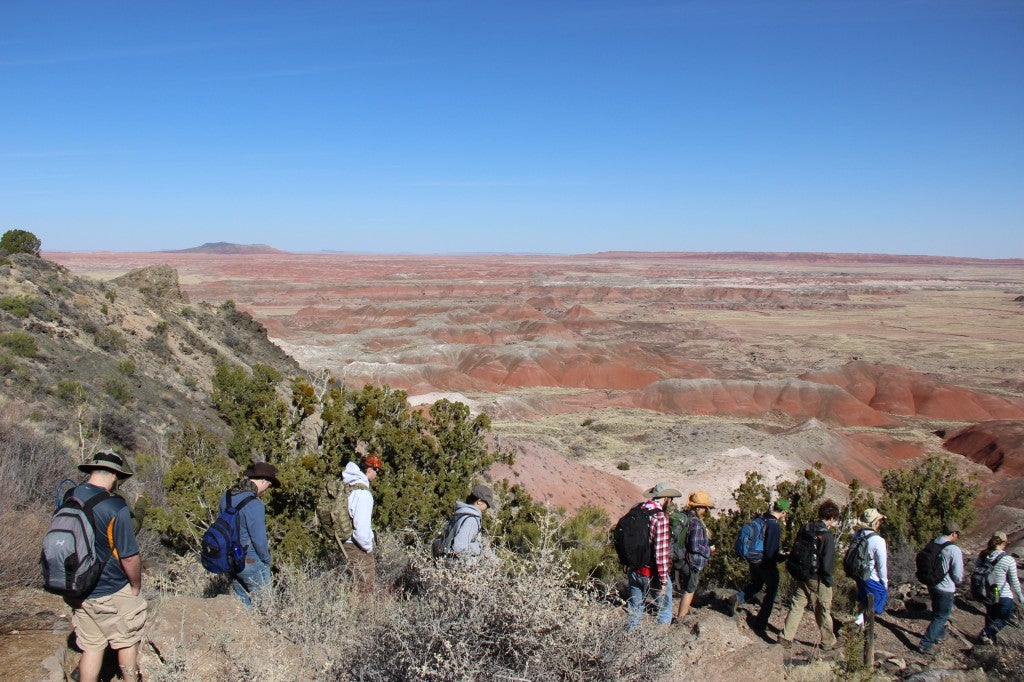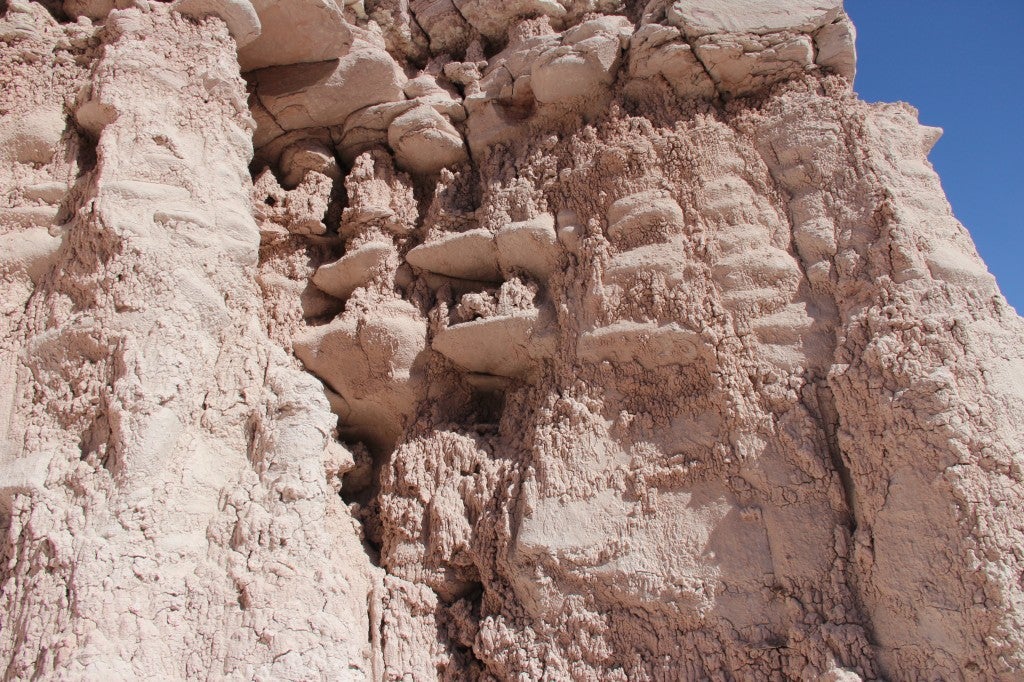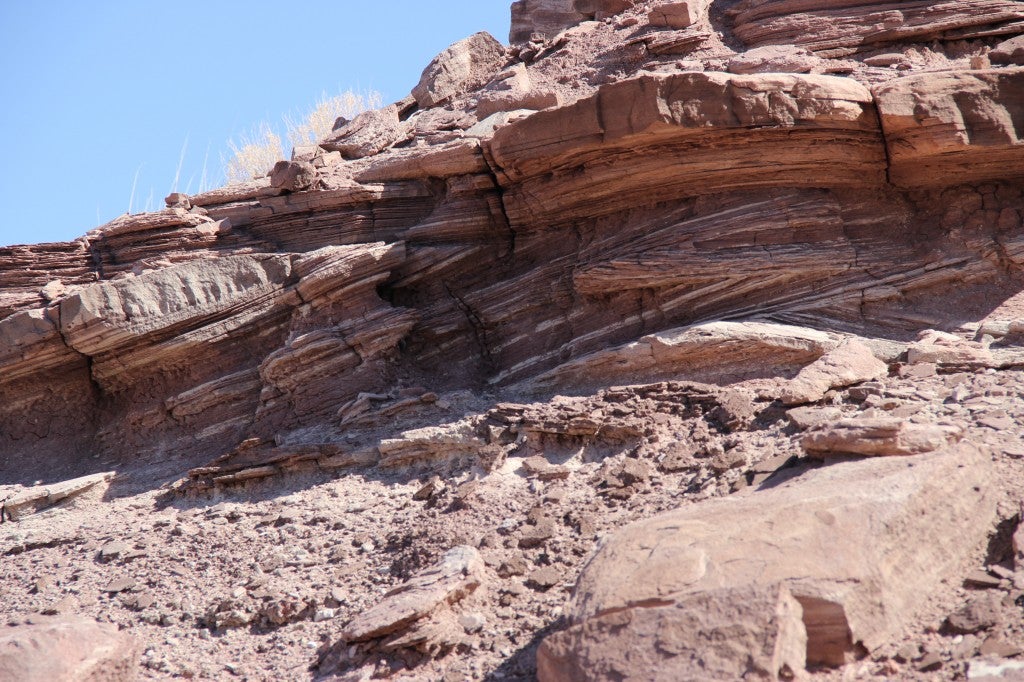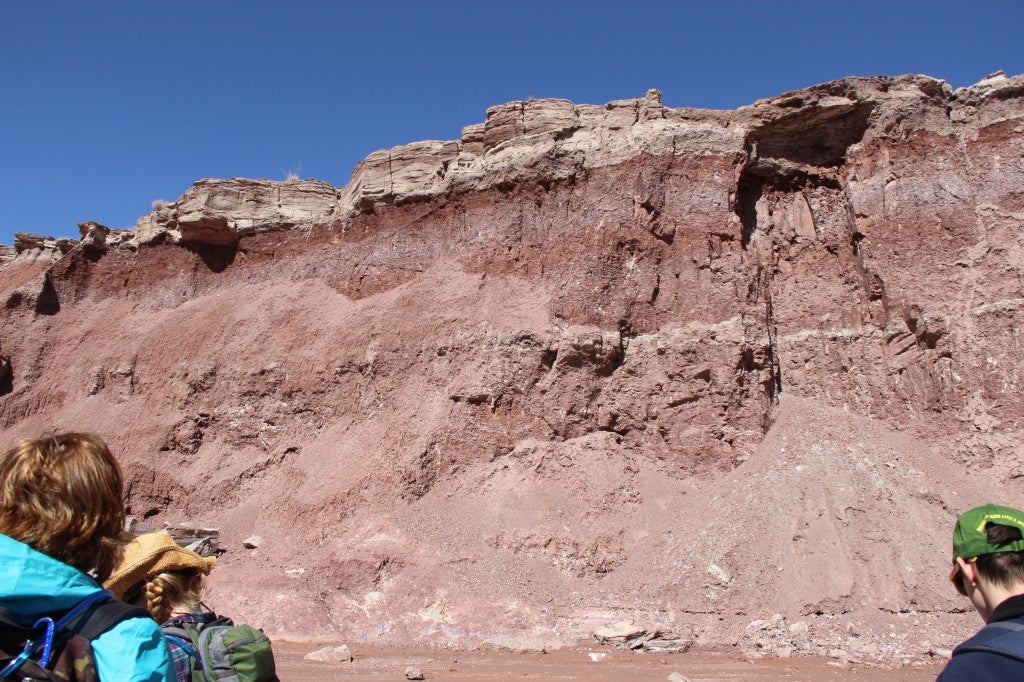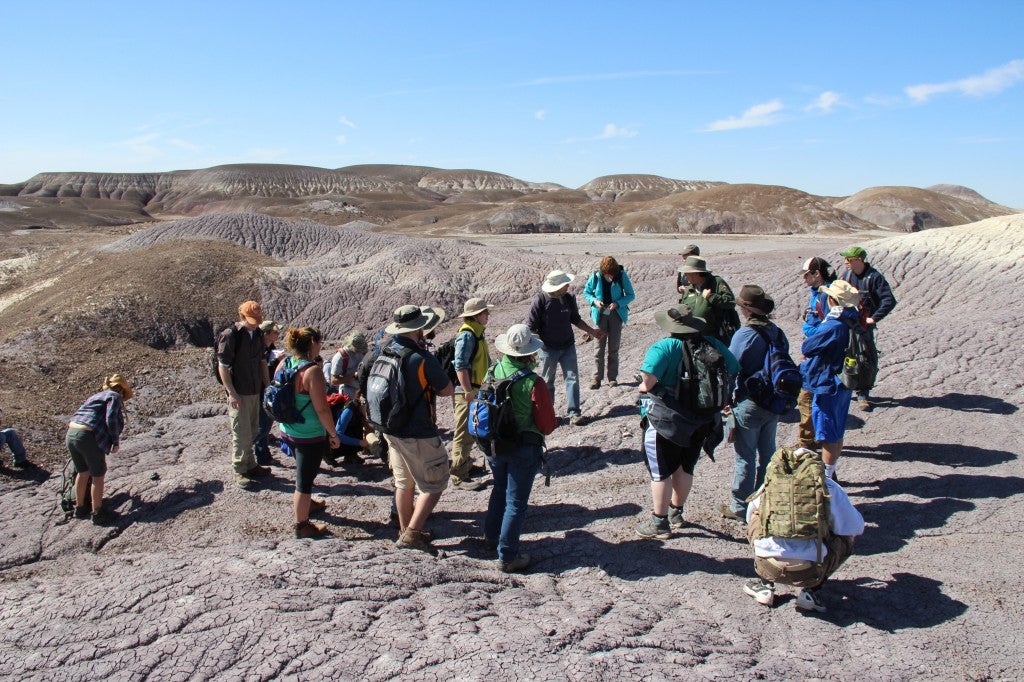Petrified Forest National Park
by Travis Winter and James Duffy
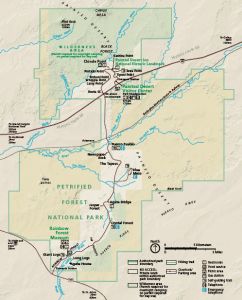
Petrified Forest National Park (PEFO) near the southern margin of the Colorado Plateau in the Painted Desert area of east-central Arizona is an area of spectacular scenery formed primarily from the Chinle Formation about some 225 – 208 Ma during the late Triassic (Ash, 2006). The paleoenvironments represented by the Chinle consists of fluvially derived sediments. Its largely illitic clays, which swell when wet and shrink when drying. This causes surface movement and cracks, which discourages plant growth, and enhances rock exposure. The park is exposed to wind and water eroding the Chinle into badlands, buttes, mesas and rounded hills (Ash, 2006)
The Chinle Formation is the most widely exposed terrestrial Late Triassic formation in the world (Ash, 2006) Map of PEFO. It comprises multicolored bentonitic mudstone, siltstone, sandstone, conglomerate, and silty limestone. The Chinle Formation was deposited primarily in a back arc basin. During the Late Triassic, Northern Arizona was situated near the western margin of the pangean supercontinent in the tropics. (Martz and Parker, 2008). The Chinle formation is dominated by fluvial sediments deposited by an extensive river system by westward and northwestward flowing streams as well as in lakes (Ash, 2006).
The Chinle formation in PEFO is about 932 feet thick and a disconformity overlies the early – middle Triassic Moenkopi Formation (Martz and Parker, 2008). The Formation is especially susceptible to weathering due to lack of plants. This weathering exposes many fossils, especially plants and tetrapods. The fossils in PEFO indicate this area was populated by a large variety of plants and animals during the Late Triassic. (Martz and Parker, 2008) PEFO is of course best known for its fossilized flora. Trees were buried in river sediment containing volcanic ash. Silica was dissolved and carried into the logs and crystallized into the trees forming deposits of colorful wood.
The petrified wood is concentrated at four discrete geographically isolated sites in the Park called “fossil forests.” Each has a distinct name based on the character of the wood.
Individual hikes
Day 1 – Arrive at PEFO in North
Night 1– Dinner and Hike
We hiked just beyond our camp site to a high point to watch the sunset. Over looking only a small section of PEFO were the different colors and layers that make up the park
This was a beautfiul site to see. After a long day of travel from waking up to get to the airport to flying to Phoenix and then the waiting and drive to PEFO, this was a realxing and fun walk and a good preview to what the next day held.
Day 2 – Hike down by Painted Desert Inn
Stop 1 – volcanic tuff sandstone
Bidhaochi on top
Red and white layers below
The red layers are tiering mudstone
An abrupt contact above the red is white med sand silt
Cross stratified,
lenticular structures,
channel shaped,
plane bedding,
High energy (upper flow regime)
Modern weathering – leached out clay
Potassium feldspar, gypsum, quartz, biotite mic
Ash bed – waterlain tuff
213 MYA
Stop 2– River Channel Thalweg
Below the red is sandy eroisve contact on bottom,
Medium to large scale cross strat (trough)
Thalweg
Hiking into the painted desert was amaizng. We viewed great examples of cross stratitfication that were produced through depositional river environments. This hike was a great opportunity to examine the lessons we learned in class.
Stop 3 – Paleosols river channel
White streaks – root features
Vertisol
Compound paleosol
2-1 swelling clay – smectite dominant
Sandstone on top hard to weather more permeable
Water cements it
Stop 4– Drive south to the Blue mesa area
Fossils found
Horsetail
Night 2 – Dinner
This part of the day was exciting. After a long hike of learning about the environments and rock types, we were taken on a shorter hike where we were told about the fauna that lived in the area millions of years ago. We were then able to become paleontologists and rumble through rocks to find bones and teeth. There was almost a mini competition amongst classmates to find the best tooth or the tooth or bone of a reptile that our guide and park paleontogist was looking for
- Overlooking the Painted Desert
- An abundance of petrified wood
- Bright Petrified Wood (10 cm)
- Colorful Petrified Wood (30 cm)
- Walking between Smectite hills.
- Trough and plannar – tabular cross stratification.
- Tepees in the southern end of PEFO
- Overlooking the Panted Desert on the first night.
- First sunset on e first night at Petrified Forest National Park.
- Walking into the Painted Desert on the first morning.
- Cross Stratification
- Viewing Vertisols high up.
Reference Cited
Ash, S.R, 2006, Petrified Forest National Park, Arizona, Department of Geology, Weber State Colege, Ogden Utah, 1-6
Martz, J.W and Parker, W.G, 2008, Lithostratigraphy, Sedimentology, and Age Model, of the Upper Triassic, Chinle Formation, In Petrified Forest National Park, North Eastern Arizona, Department of Resource Management, Petrified Forest National Park, Arizona, 5-18
 Home
Home Browse
Browse Close
Close Events
Events Maps
Maps Email
Email Brightspace
Brightspace eCampus
eCampus



